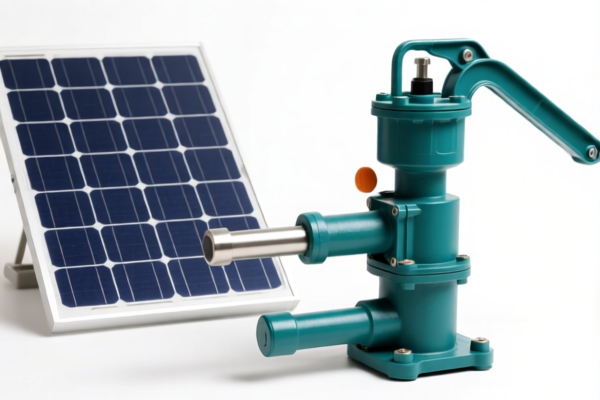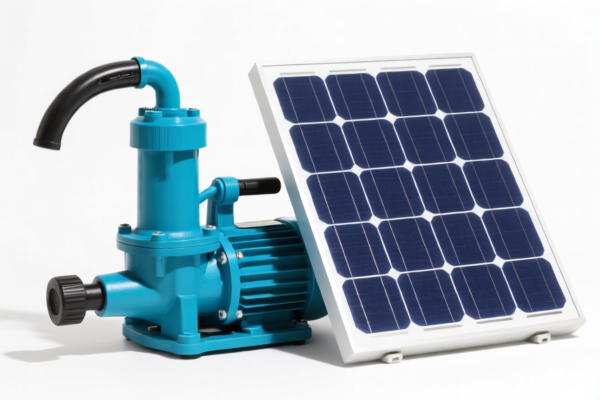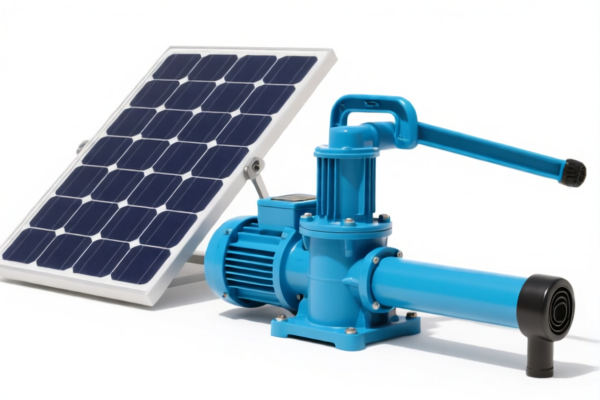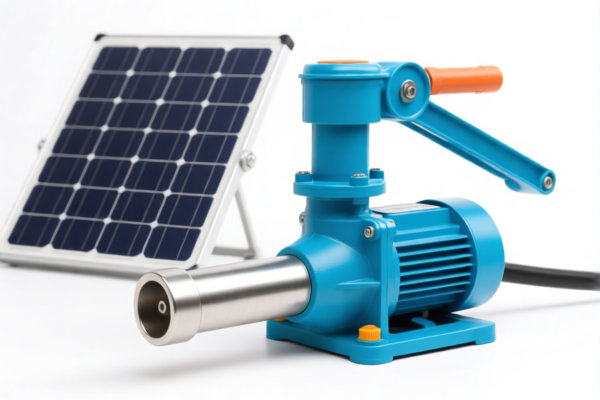| HS Code | Official Doc | Tariff Rate | Origin | Destination | Effective Date |
|---|---|---|---|---|---|
| 8506800010 | Doc | 57.7% | CN | US | 2025-05-12 |
| 8506800090 | Doc | 57.7% | CN | US | 2025-05-12 |
| 8541420010 | Doc | 30.0% | CN | US | 2025-05-12 |
| 8541430010 | Doc | 30.0% | CN | US | 2025-05-12 |
| 7326908688 | Doc | 82.9% | CN | US | 2025-05-12 |
| 7326908605 | Doc | 82.9% | CN | US | 2025-05-12 |
| 7321190060 | Doc | 55.0% | CN | US | 2025-05-12 |
| 7321890050 | Doc | 62.5% | CN | US | 2025-05-12 |




Solar Water Fountain
A solar water fountain is a pump that circulates water in a fountain or pond using direct sunlight as its power source. It is an environmentally friendly alternative to electrically powered pumps.
Material
Solar water fountains are constructed from a variety of materials, often combining durability with aesthetic appeal. Common materials include:
- Plastic: Lightweight and cost-effective, often used for the fountain basin and pump housing. ABS plastic is a frequently used type due to its weather resistance.
- Resin: Provides a more decorative and detailed appearance, often mimicking stone or other natural materials.
- Stainless Steel: Offers a modern look, corrosion resistance, and longevity. Commonly used for nozzles, pump components, and structural elements.
- Ceramic: Used for decorative basins and features, offering a traditional aesthetic.
- Polypropylene: A durable plastic often used for pump components.
- Glass: Sometimes incorporated for decorative elements or basins in smaller fountains.
Purpose
The primary purpose of a solar water fountain is to create an attractive water feature for aesthetic enjoyment. Secondary purposes include:
- Relaxation: The sound of flowing water can be calming and contribute to a peaceful atmosphere.
- Wildlife Attraction: Fountains can provide a water source for birds, insects, and other small animals.
- Oxygenation: Water circulation helps to oxygenate the water, which is beneficial for aquatic plants and animals.
- Decoration: Adds visual interest to gardens, patios, balconies, or indoor spaces.
Function
Solar water fountains operate on a relatively simple principle:
- Solar Panel: A photovoltaic (PV) panel converts sunlight into direct current (DC) electricity.
- Pump: The DC electricity powers a submersible pump.
- Water Circulation: The pump draws water from a reservoir (the fountain basin or pond) and circulates it through nozzles or other features, creating a fountain effect.
- Reservoir: The water then flows back into the reservoir, completing the cycle.
- Battery Backup (Optional): Some fountains include a battery that stores excess solar energy for use when sunlight is limited (e.g., cloudy days or at night).
Usage Scenarios
Solar water fountains are versatile and can be used in a variety of settings:
- Gardens: As a focal point in flower beds, rock gardens, or near seating areas.
- Patios and Decks: Creating a relaxing ambiance for outdoor entertaining.
- Balconies and Small Spaces: Compact fountains are suitable for smaller areas.
- Indoor Use: Smaller, self-contained fountains can be used as decorative features in homes or offices.
- Ponds: To aerate the water and create a visual feature.
Common Types
Solar water fountains are available in a wide range of designs and configurations:
- Floating Fountains: These fountains float directly on the surface of the water, making them ideal for ponds and larger water features.
- Submersible Fountains: The pump and fountain components are submerged in the water, often within a decorative basin.
- Tiered Fountains: Feature multiple levels or tiers through which water cascades.
- Wall Fountains: Designed to be mounted on walls or fences.
- Self-Contained Fountains: Include a built-in reservoir and pump, requiring no external water source.
- Upgraded Fountain with Battery Backup: Stores energy to operate during periods of low sunlight.
- Fountains with LED Lighting: Incorporate LED lights for nighttime illumination.
- Fountains with Multiple Nozzle Options: Allows for different fountain spray patterns.
Solar water fountains typically consist of a pump powered by photovoltaic cells to circulate water, often used in gardens or ponds for aesthetic purposes.
Here are the relevant HS codes based on the provided reference material:
-
8541420010: Semiconductor devices (for example, diodes, transistors, semiconductor-based transducers); photosensitive semiconductor devices, including photovoltaic cells whether or not assembled in modules or made up into panels; light-emitting diodes (LED), whether or not assembled with other light-emitting diodes (LED); mounted piezo-electric crystals; parts thereof: Photosensitive semiconductor devices, including photovoltaic cells whether or not assembled in modules or made up into panels; light-emitting diodes (LED): Photovoltaic cells not assembled in modules or made up into panels Crystalline silicon photovoltaic cells of a kind described in statistical note 10 to this chapter.
- 85: Semiconductor devices. This chapter covers electronic components.
- 41: Photosensitive semiconductor devices, including photovoltaic cells. This heading specifically addresses solar cells.
- 420010: Photovoltaic cells not assembled in modules or made up into panels. This subheading indicates individual solar cells not integrated into a larger panel.
-
8541430010: Semiconductor devices (for example, diodes, transistors, semiconductor-based transducers); photosensitive semiconductor devices, including photovoltaic cells whether or not assembled in modules or made up into panels; light-emitting diodes (LED), whether or not assembled with other light-emitting diodes (LED); mounted piezo-electric crystals; parts thereof: Photosensitive semiconductor devices, including photovoltaic cells whether or not assembled in modules or made up into panels; light-emitting diodes (LED): Photovoltaic cells assembled in modules or made up into panels Crystalline silicon photovoltaic cells of a kind described in statistical note 10 to this chapter.
- 85: Semiconductor devices. This chapter covers electronic components.
- 41: Photosensitive semiconductor devices, including photovoltaic cells. This heading specifically addresses solar cells.
- 430010: Photovoltaic cells assembled in modules or made up into panels. This subheading indicates solar cells integrated into a panel.
-
7326908688: Other articles of iron or steel: Other: Other: Other: Other Other.
- 73: Articles of iron or steel. This chapter covers products made of iron or steel.
- 26: Other articles of iron or steel. This heading covers a broad range of iron or steel products.
- 908688: Other. This subheading is a general category for other iron or steel articles. This could apply to the fountain's structure if made of iron or steel.
Regarding HS code 8541420010 and 8541430010, it is important to determine whether the photovoltaic cells are assembled into modules or panels. The tariff rate for both codes is currently 30.0%.
Customer Reviews
The HS Code information was spot on. Perfect for someone like me who's new to international trade.
The breakdown of the 5% tariff made it easier to calculate my export costs. Good but could use more visuals.
I found the information on exporting plastic doors to the US very helpful. Everything I needed was there.
The HS code explanation was good, but I wish there were more examples for different materials.
Great resource for understanding trade regulations on plastic builder’s doors. Saved me hours of research.